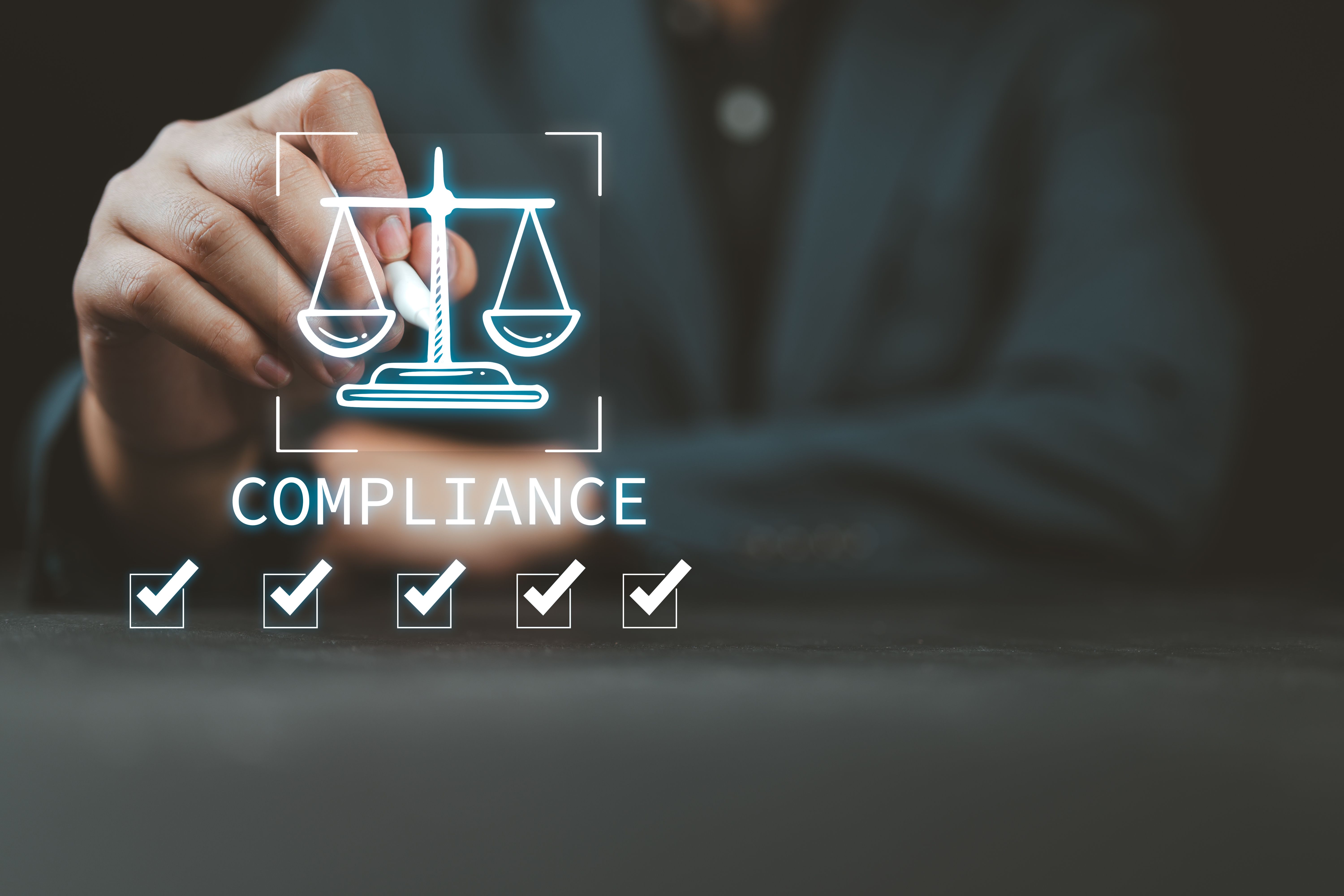Unlocking Alternative Assets in Your 401(k) with Subcustodial Accounts
Introduction to Alternative Assets
When it comes to investing for retirement, most people think of traditional assets like stocks and bonds. However, there's a growing interest in alternative assets that can be included in your 401(k) plan. These assets offer diversification and the potential for higher returns, but they also require a different approach to management and custody.

What Are Alternative Assets?
Alternative assets are investments outside the traditional categories of stocks, bonds, and cash. They include real estate, private equity, hedge funds, commodities, and more. These assets can provide a hedge against market volatility and inflation, making them an attractive option for savvy investors.
Incorporating alternative assets into your 401(k) can enhance your portfolio's performance. However, these investments often require specialized knowledge and management, which is where subcustodial accounts come into play.
The Role of Subcustodial Accounts
Subcustodial accounts are a key component in managing alternative assets within a 401(k) plan. These accounts are held by a subcustodian, an entity responsible for the safekeeping and administration of these unique investments. This arrangement allows for more flexibility and access to a broader range of investment opportunities.

Benefits of Using Subcustodial Accounts
There are several advantages to using subcustodial accounts for alternative assets in your 401(k):
- Diversification: By accessing a wider range of investments, you can better diversify your portfolio.
- Professional Management: Subcustodians offer expertise in managing complex assets, ensuring compliance and efficiency.
- Potential for Higher Returns: Alternative assets often have the potential to outperform traditional investments.
Navigating the Regulatory Landscape
Investing in alternative assets through subcustodial accounts requires careful consideration of regulatory requirements. The Employee Retirement Income Security Act (ERISA) imposes strict guidelines on 401(k) plans to protect investors. It's crucial to work with knowledgeable professionals who understand these regulations to ensure compliance and safeguard your investments.

Choosing the Right Subcustodian
Selecting a reputable subcustodian is essential for successfully integrating alternative assets into your 401(k). Consider the following factors when choosing a subcustodian:
- Experience: Look for a firm with a proven track record in managing alternative assets.
- Reputation: Research the subcustodian's reputation within the industry.
- Fees: Understand the fee structure and ensure it aligns with your investment goals.
Conclusion
Unlocking alternative assets in your 401(k) through subcustodial accounts offers exciting opportunities for diversification and growth. By understanding the intricacies of these investments and working with experienced professionals, you can enhance your retirement portfolio's potential. As always, it's important to conduct thorough research and seek expert advice to navigate this complex landscape effectively.
